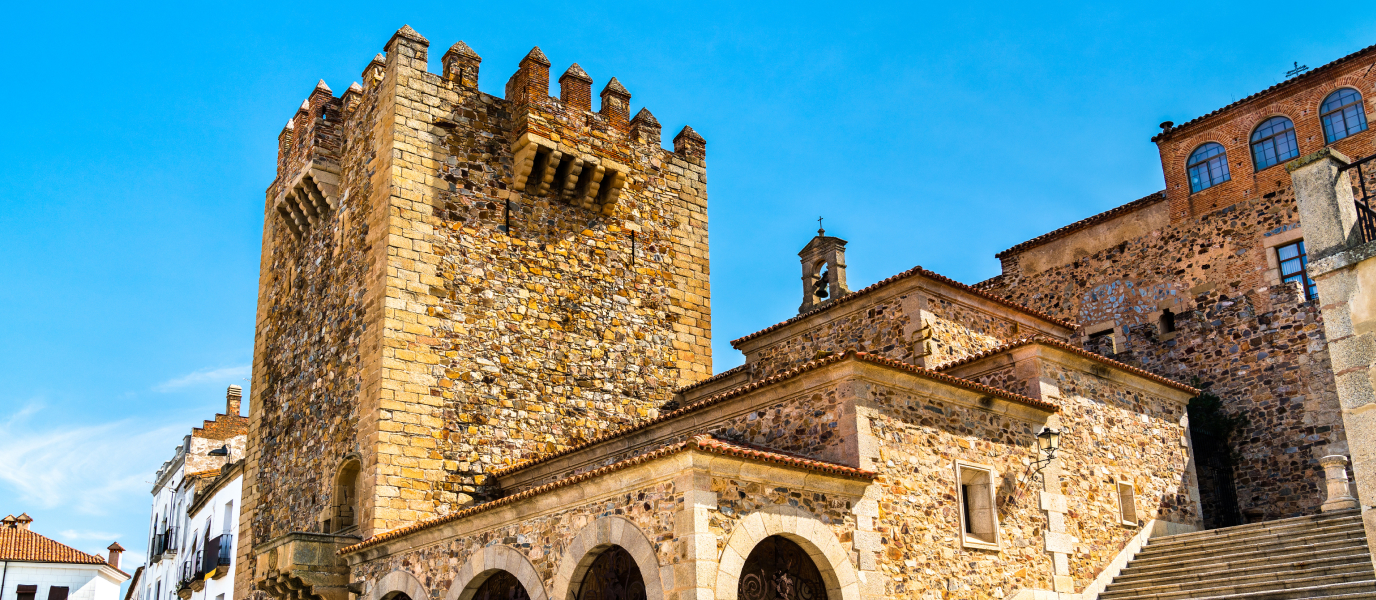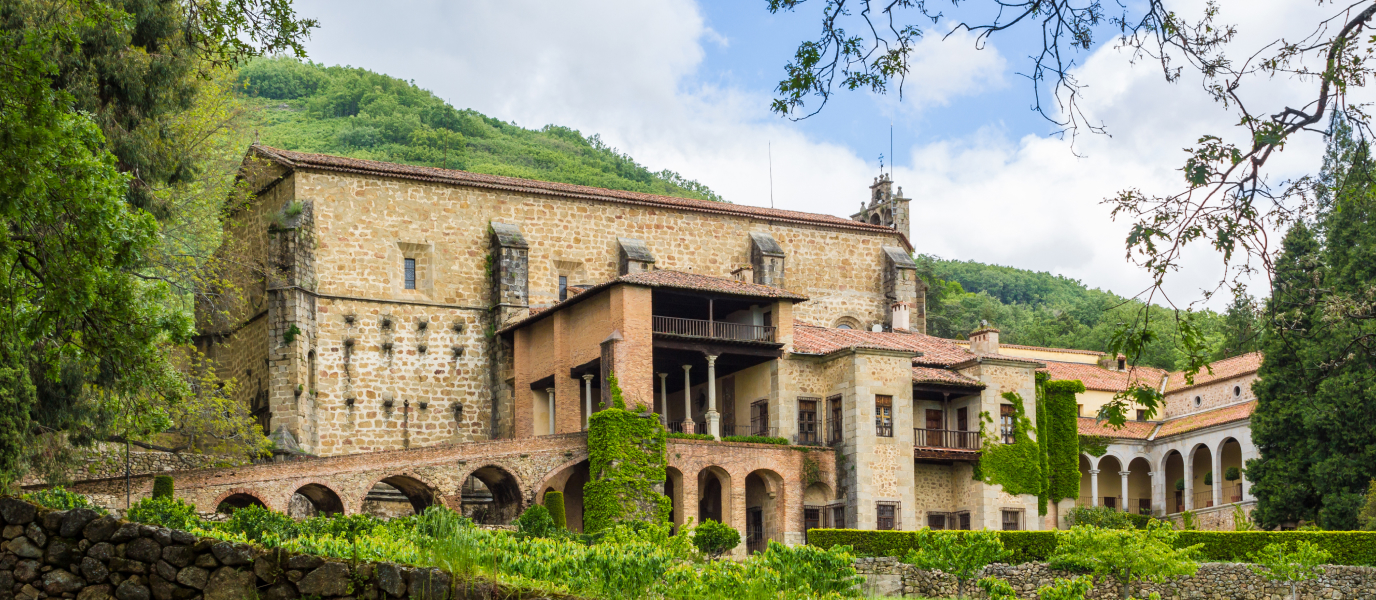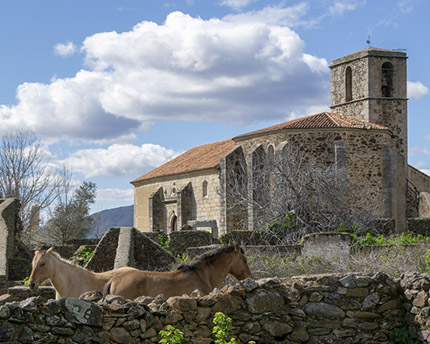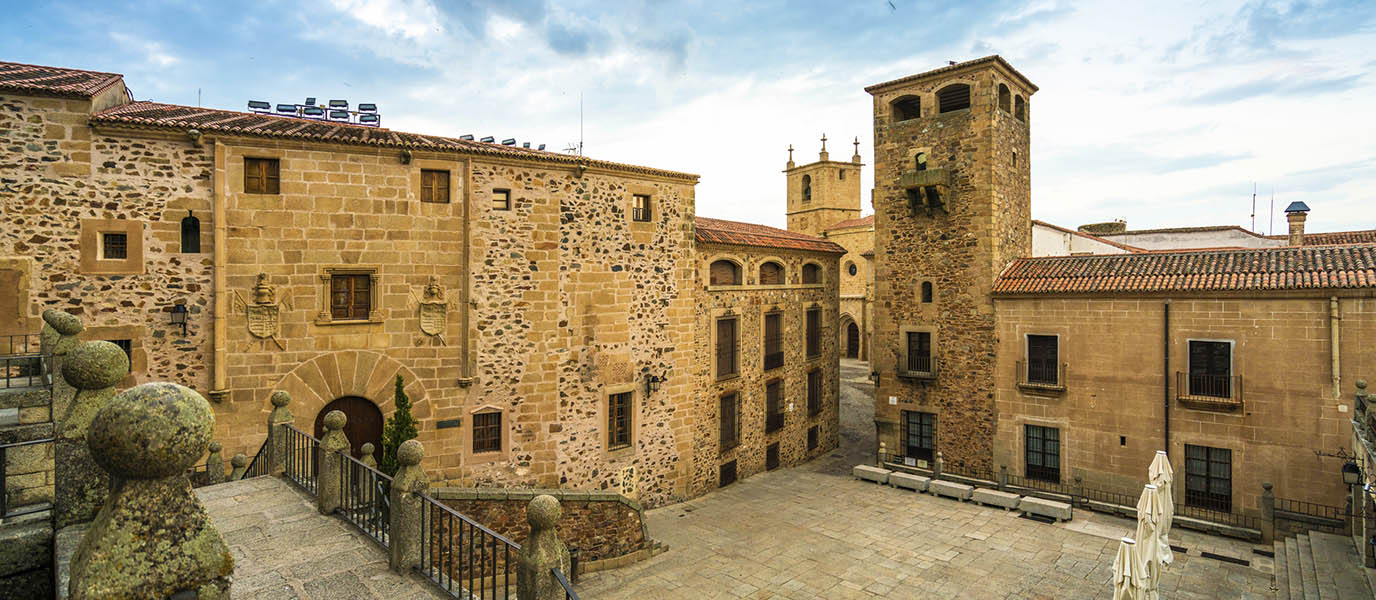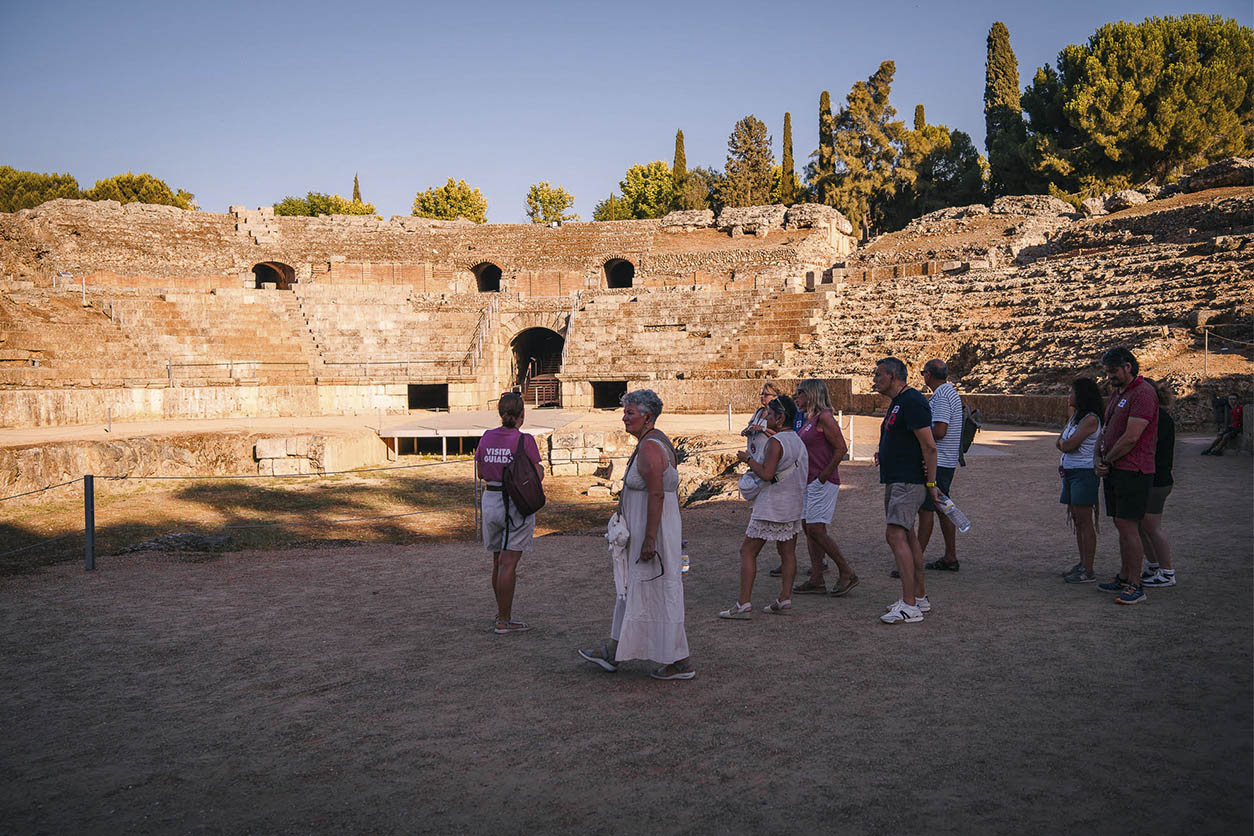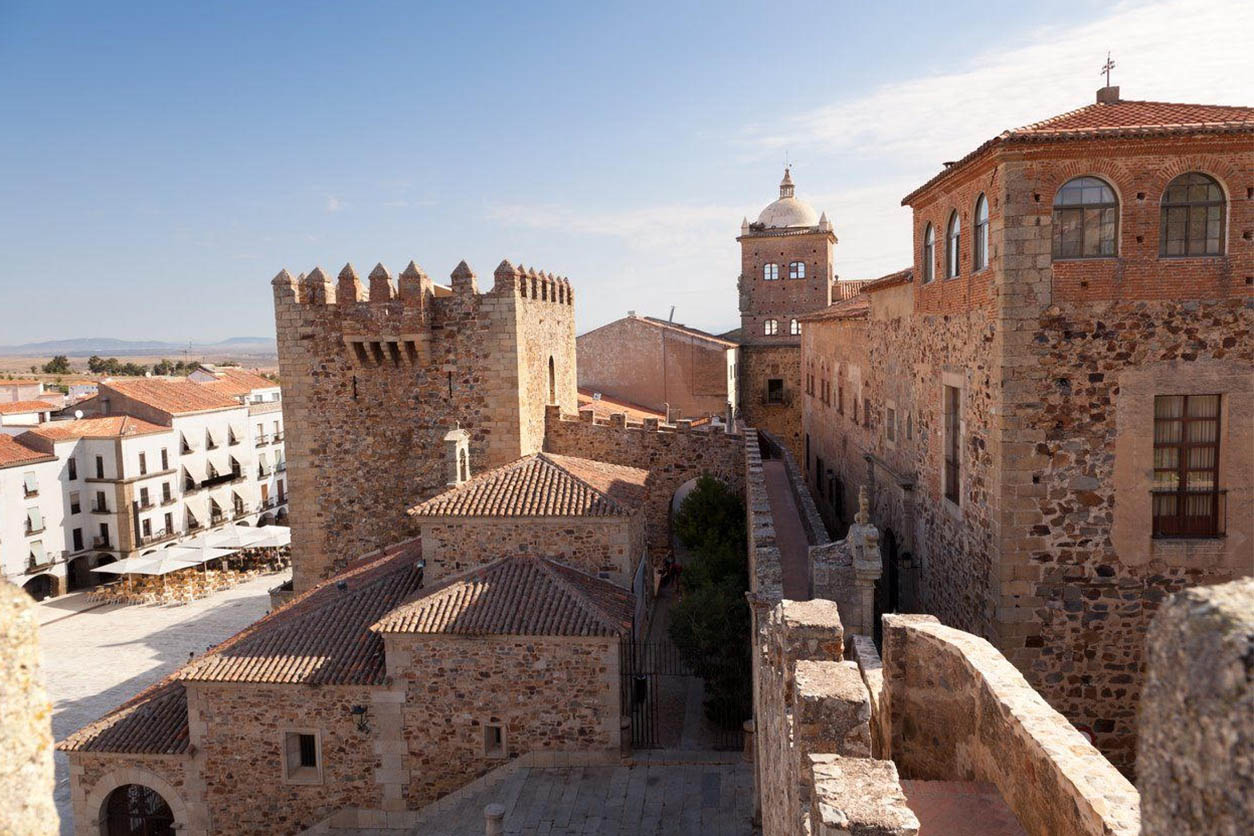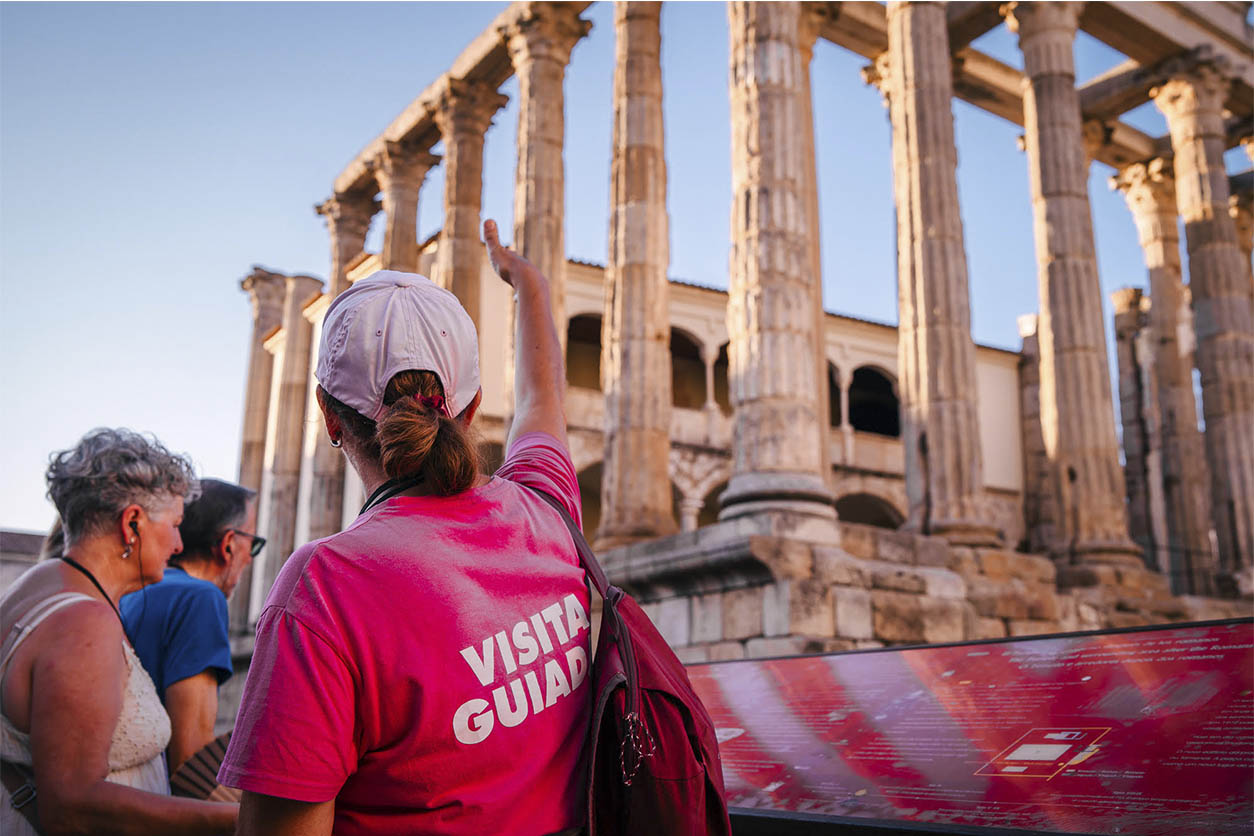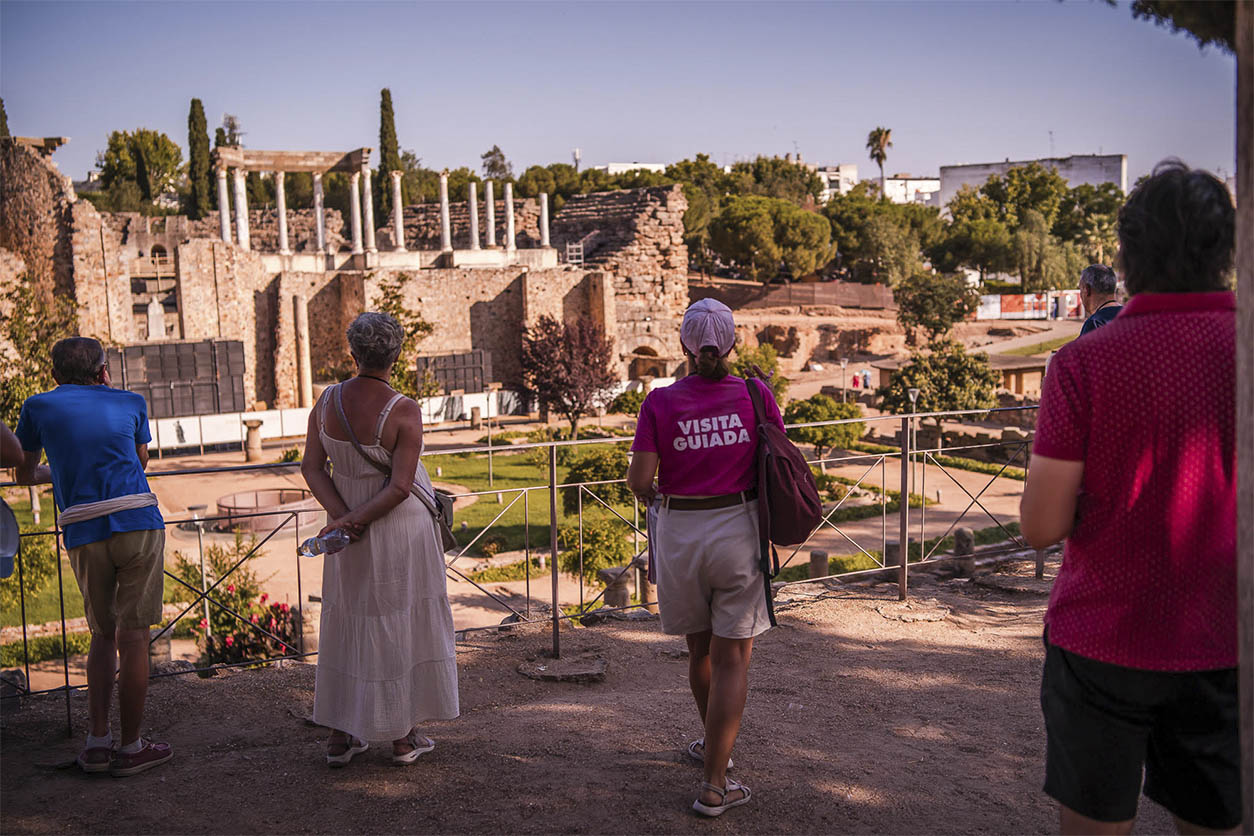The emblematic Torre de Bujaco in Cáceres is an ancient symbol of the city’s history dating back to the 12th century. This local architectural icon was built in Moorish style atop ancient Roman ashlar stones and used to be part of the walls of Hizn Qazris (the former name of Cáceres).
It once had a sister tower standing within the same walls. In fact, the Walls of Cáceres have several towers or small fortresses, among them the Torre de la Hierba and the Torre del Horno.
Torre de Bujaco and the Caliph of Seville
Scholars on the matter believe that the name Bujaco is a corruption of the name of the Caliph of Seville, Abú-Ya’qu. He conquered Cáceres with his troops in 1173 after a six-month siege and killing 40 fratres – members of a military and religious order charged with defending the city (the forerunner of the Order of Santiago).
Others believe that the name comes from the word buhazo, which means ‘rag’ or ‘straw and felt dolly’ and was used to refer to the Roman sculpture of the goddess Ceres in the city.
Regardless of the origin of the name, Bujaco entered into common usage in the 20th century.
A symbol of Cáceres
The tower is next to the Ermita de la Paz and the Arco de la Estrella and stands as a symbol of the city. It was threatened with demolition on several occasions so that the stones could be used to build other things. Fortunately for us, it was saved, and now tourists and locals alike can contemplate the clues within the tower that reveal the most important periods in the city’s history: Roman, Muslim and Christian.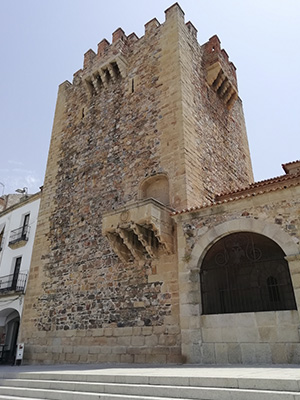
The tower has a square floor plan, two lateral machicolations (defensive protrusions) and one to the front. The latter was added in the 18th century and is slightly different. The tower rises 25 metres tall, not counting the crenellations, and is 10 metres wide. On the western side, the 18th-century Balcón de los Fueros looks towards the Plaza Mayor.
The tower that lost its clock
From the 16th to 18th centuries the tower had a clock. It was later moved to the Iglesia de San Mateo, where it still tells time today.
Various building materials were used to construct the tower. The masonry walls are reinforced at the corners with dressed stone. The tower was limewashed for several centuries. However, as part of restoration works in the 1960s it was decided to expose the stonework in this and other historic buildings.
Interpretation centre
Today, the tower houses an interpretation centre which also provides amazing views over the old town. Among the exhibits are a copy of the ancient statutes of the city signed by Alfonso IX and the coats of arms of the most important noble families. There’s also a photo of the Pendón de San Jorge, the oldest flag in the city, which is dedicated to its patron saint, Saint George. The interpretation centre provides a lesson on the city’s history and its most impressive archaeological remains.
During the Fiestas de San Jorge, the Town Hall hoists a replica on its balcony of the banner used during the reconquest of the city in 1229. This ceremony would once have taken place on the Balcón Juradero in the Torre de Bujaco. The story goes that banners were raised here to mark the naming of new kings and queens, and that any monarch passing through Cáceres had to swear allegiance to the statutes signed by Alfonso IX.
A string of defensive towers
From the Torre de Bujaco, you’ll get a good view of the line of towers built by the Moors to strengthen the city walls against Christian attacks. All of these defensive watchtowers are albarrana towers, meaning they’re joined to the city wall by another small wall.




































































